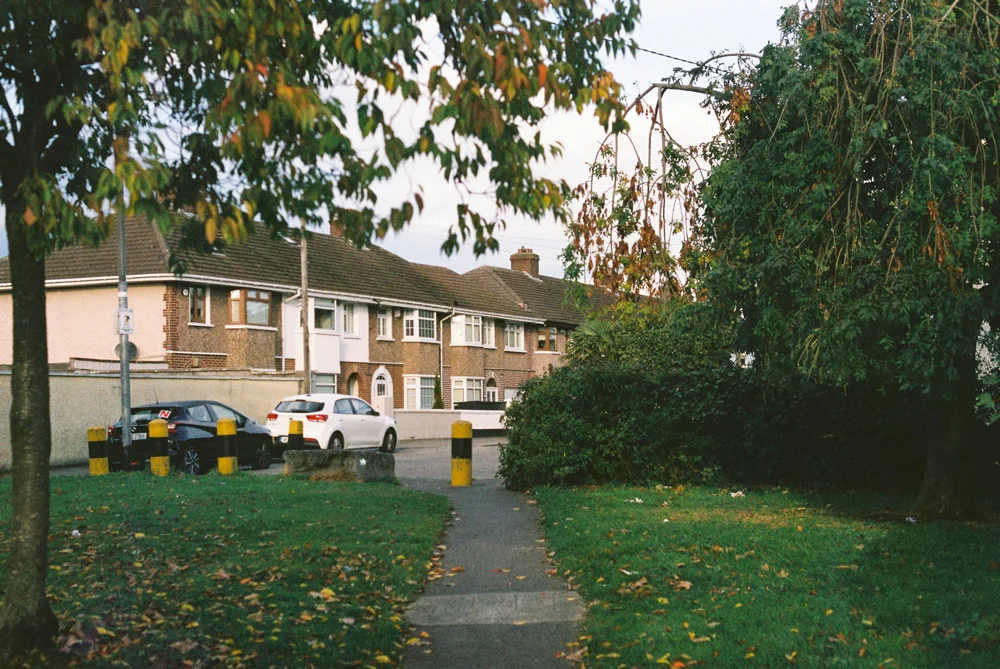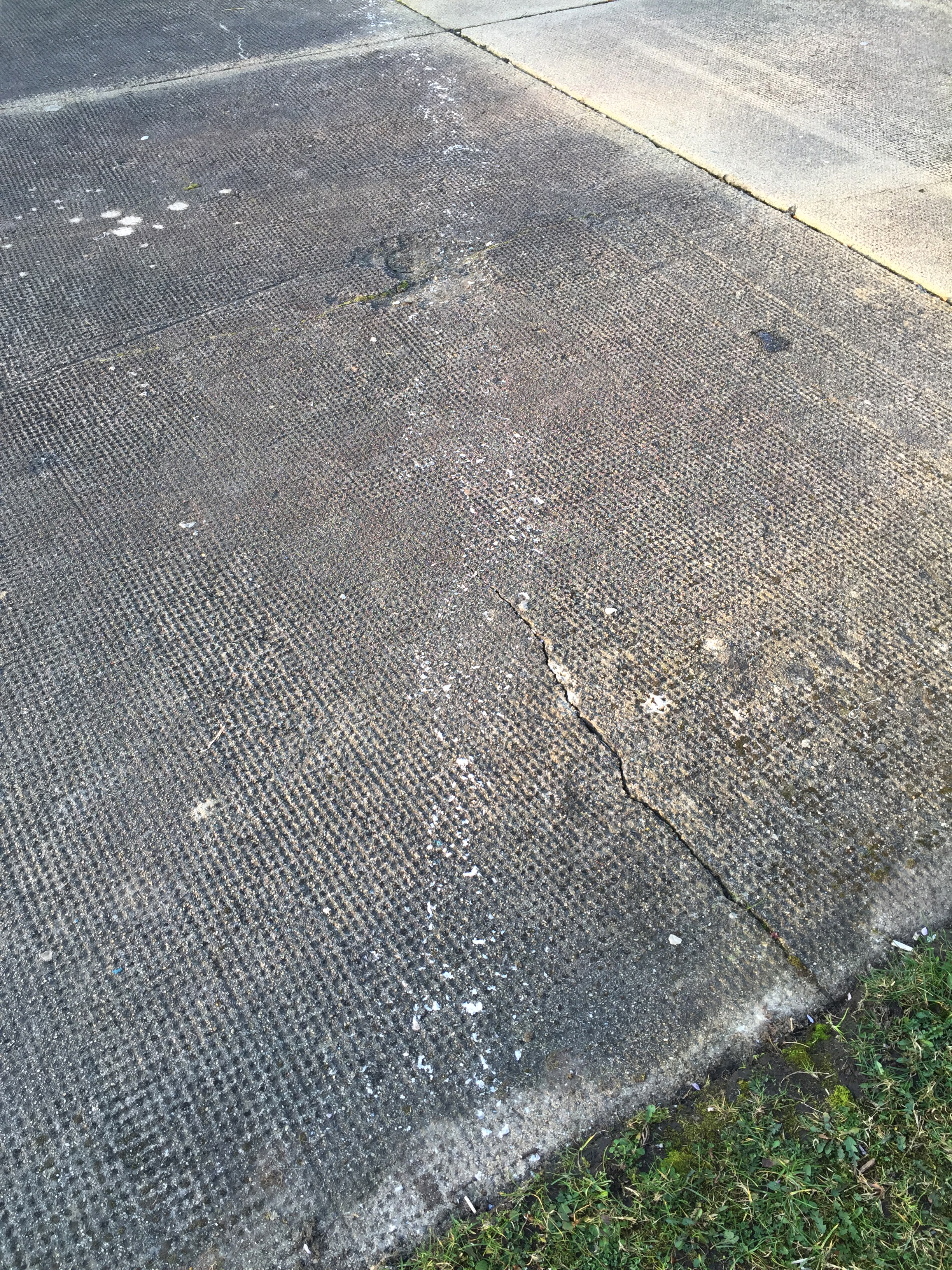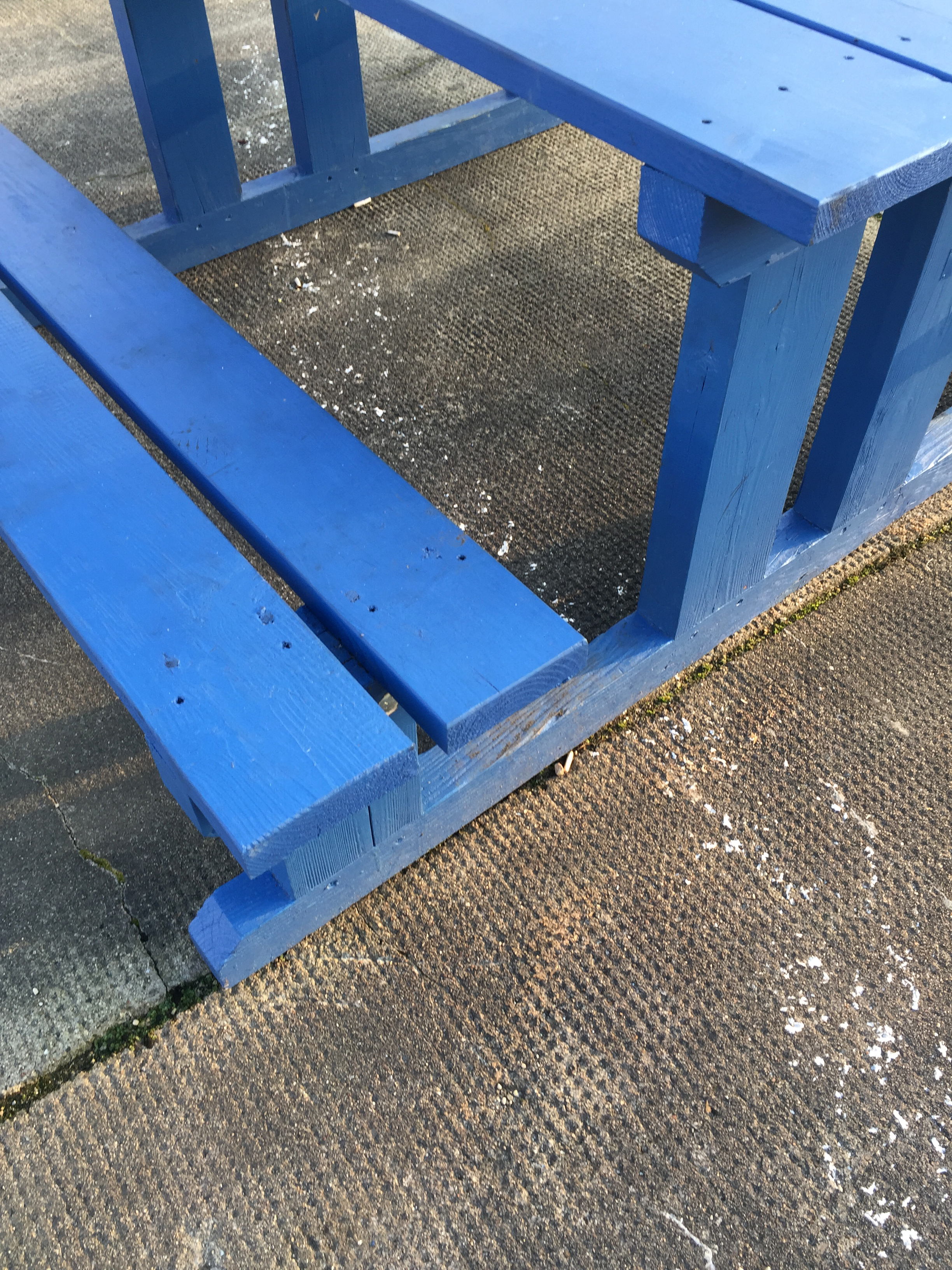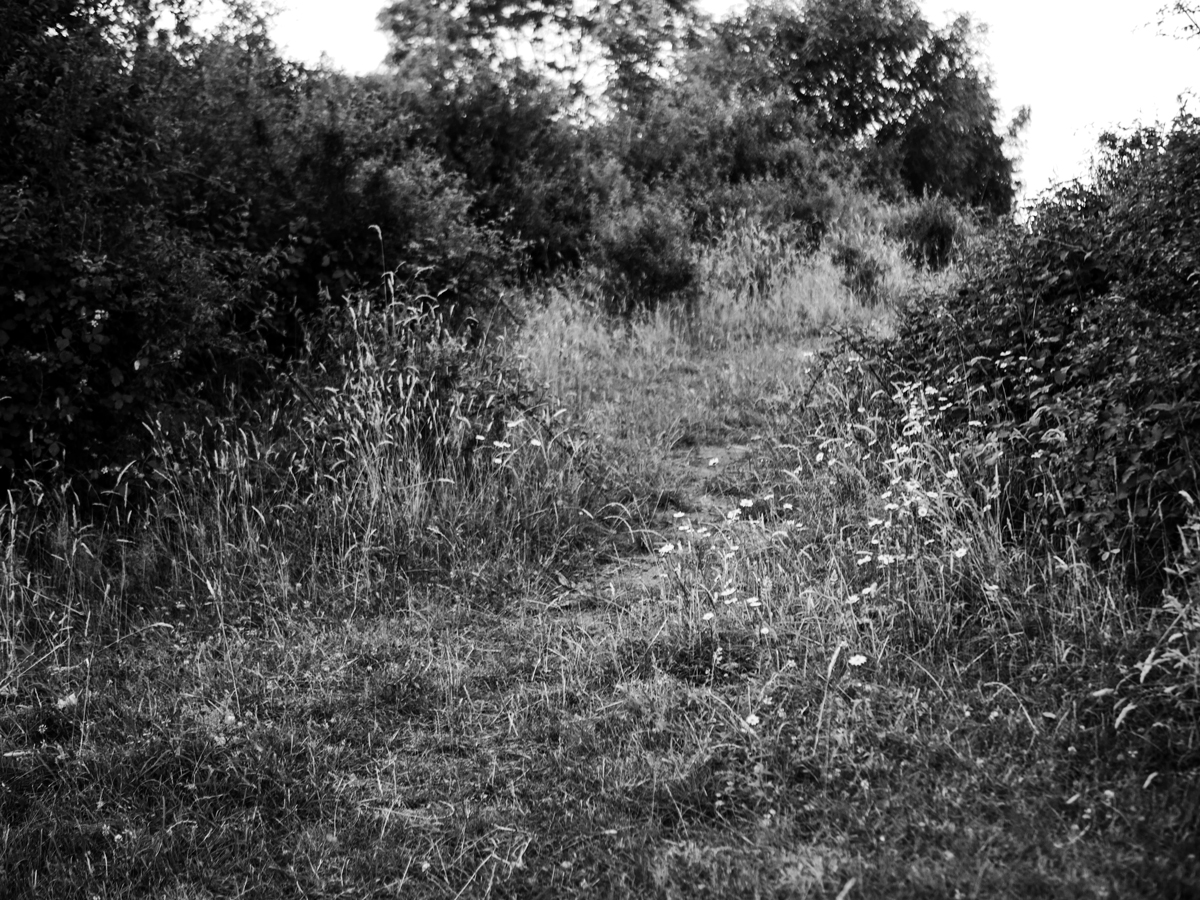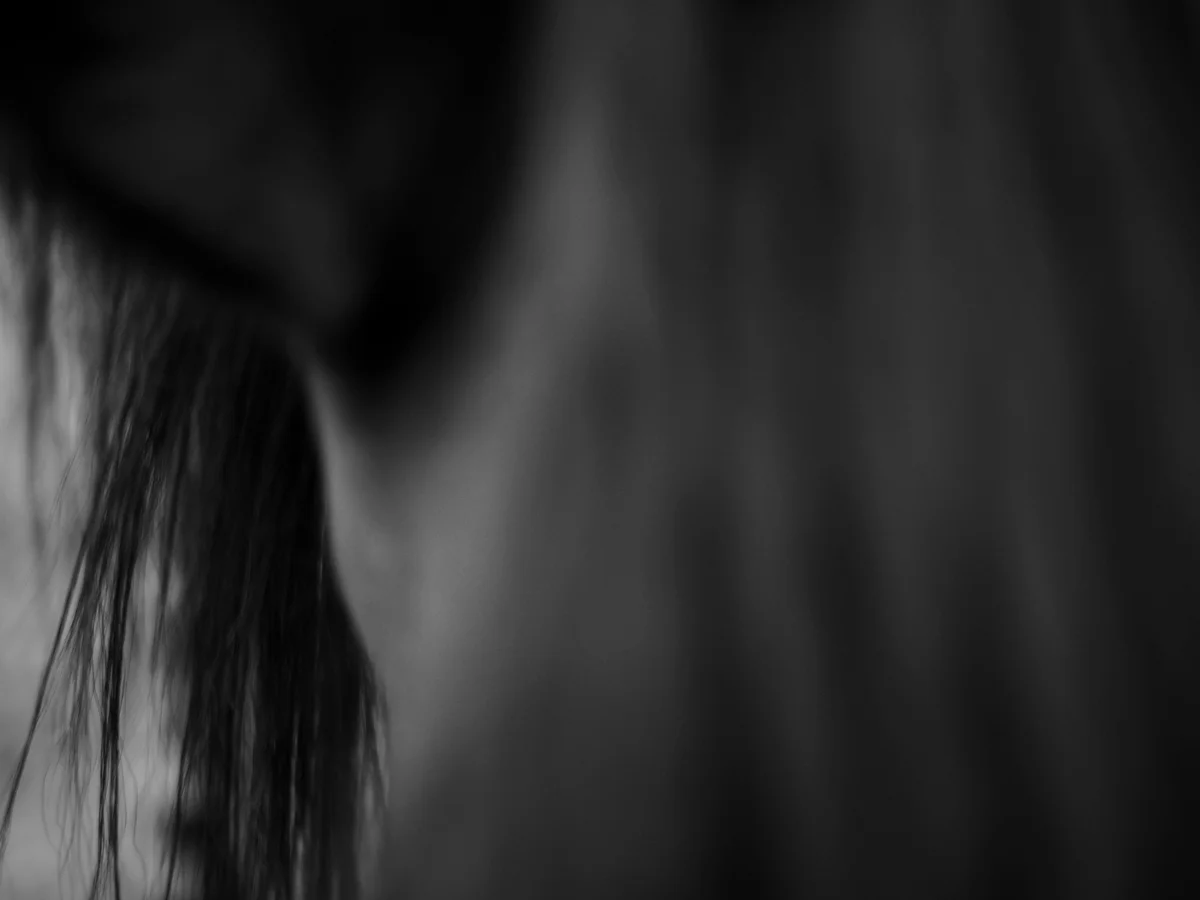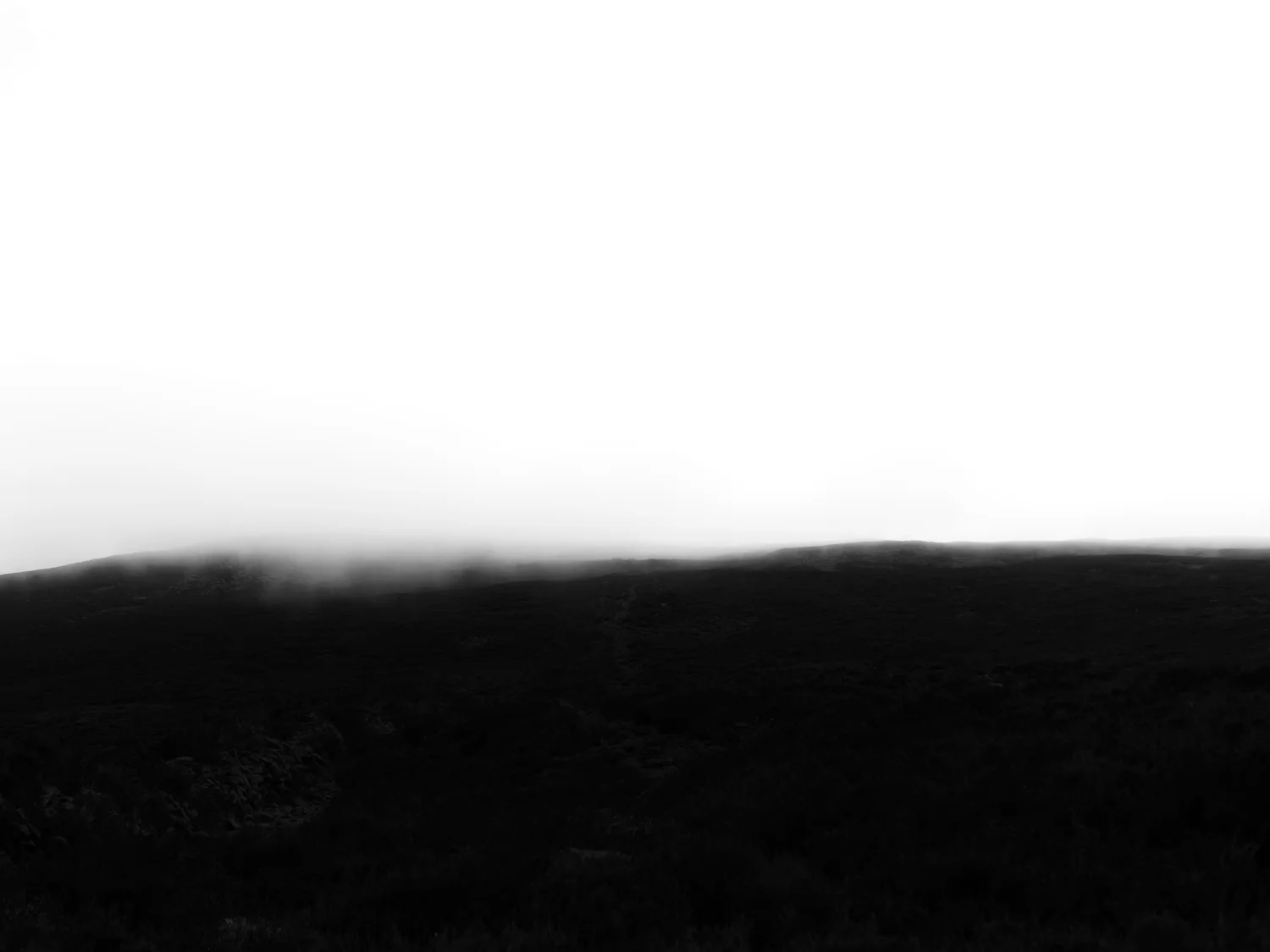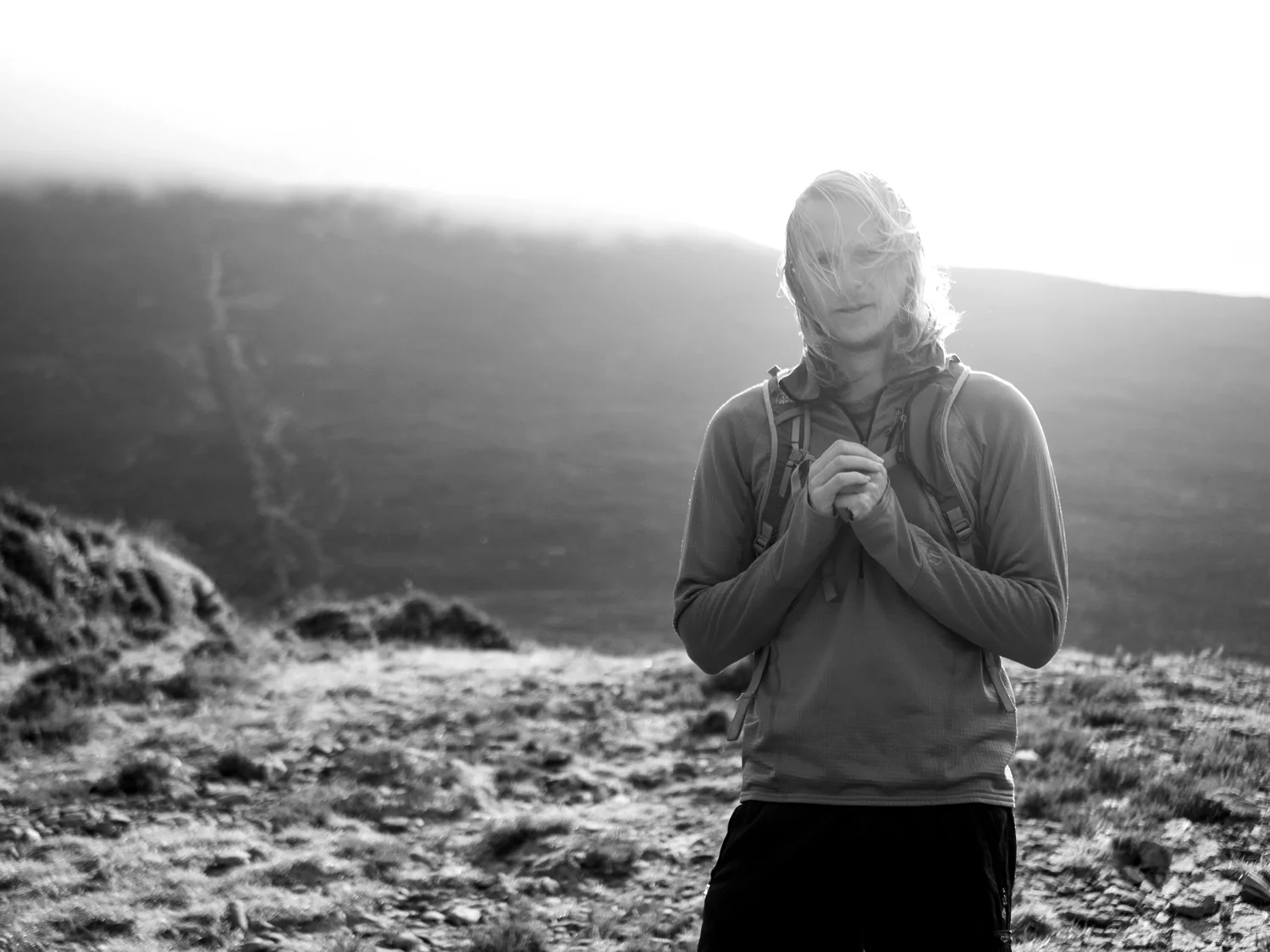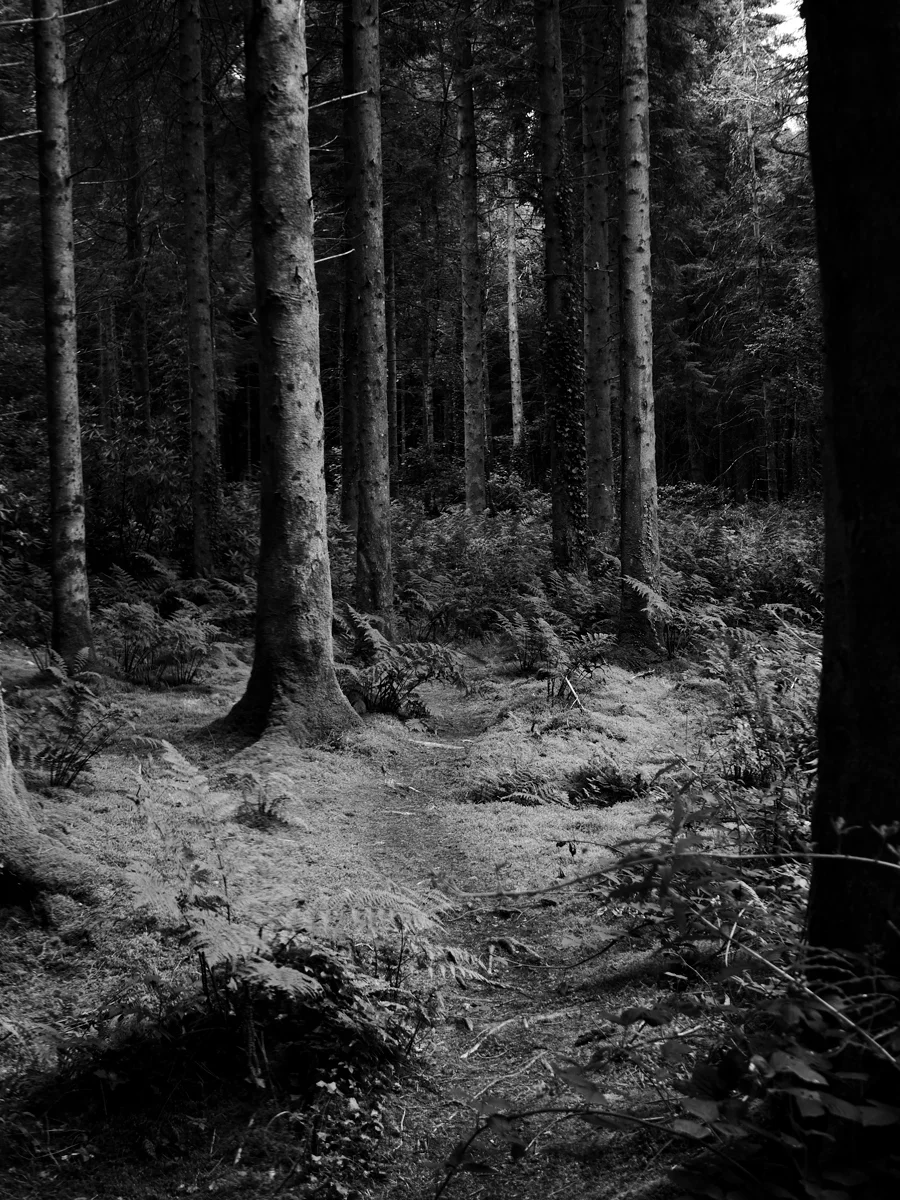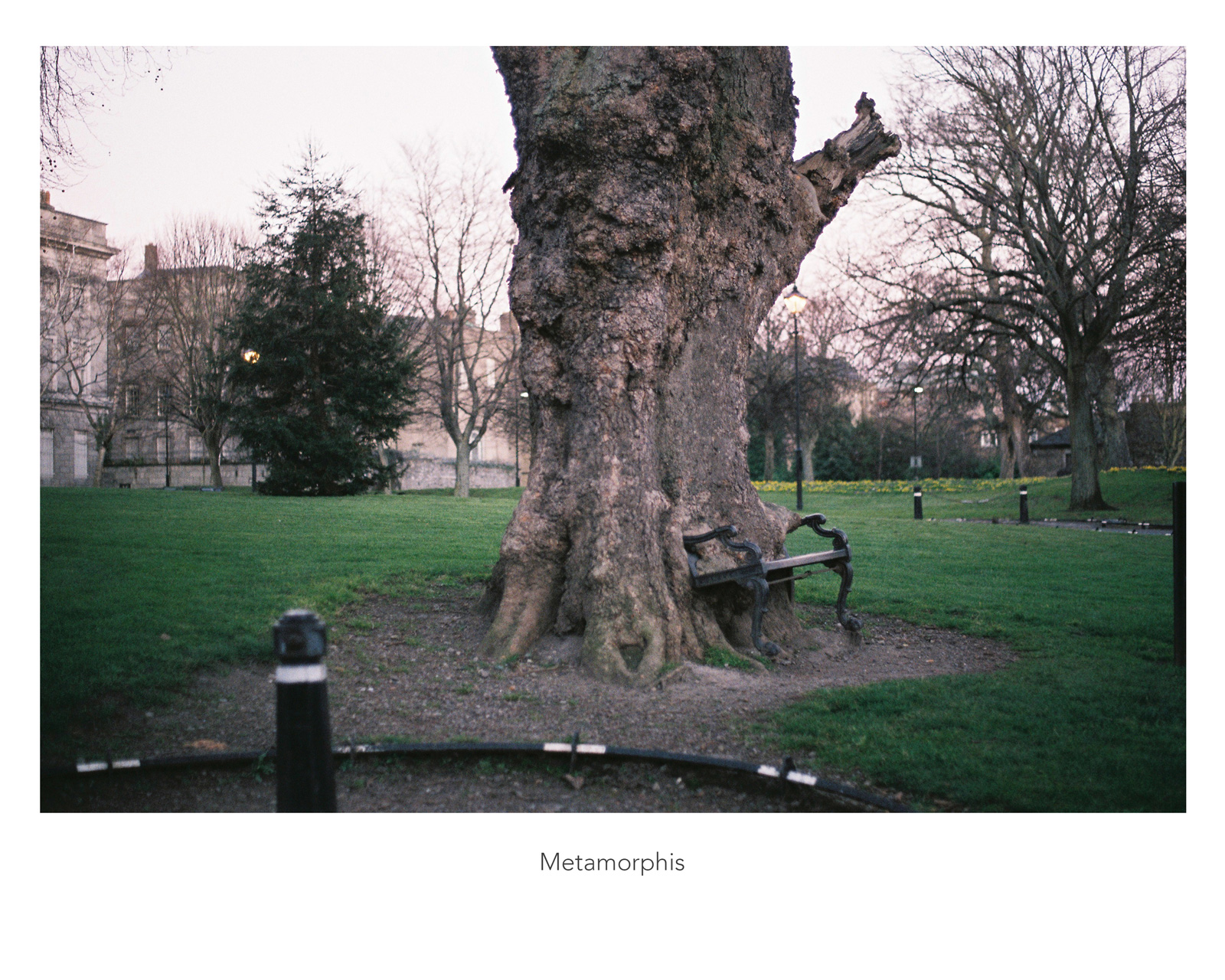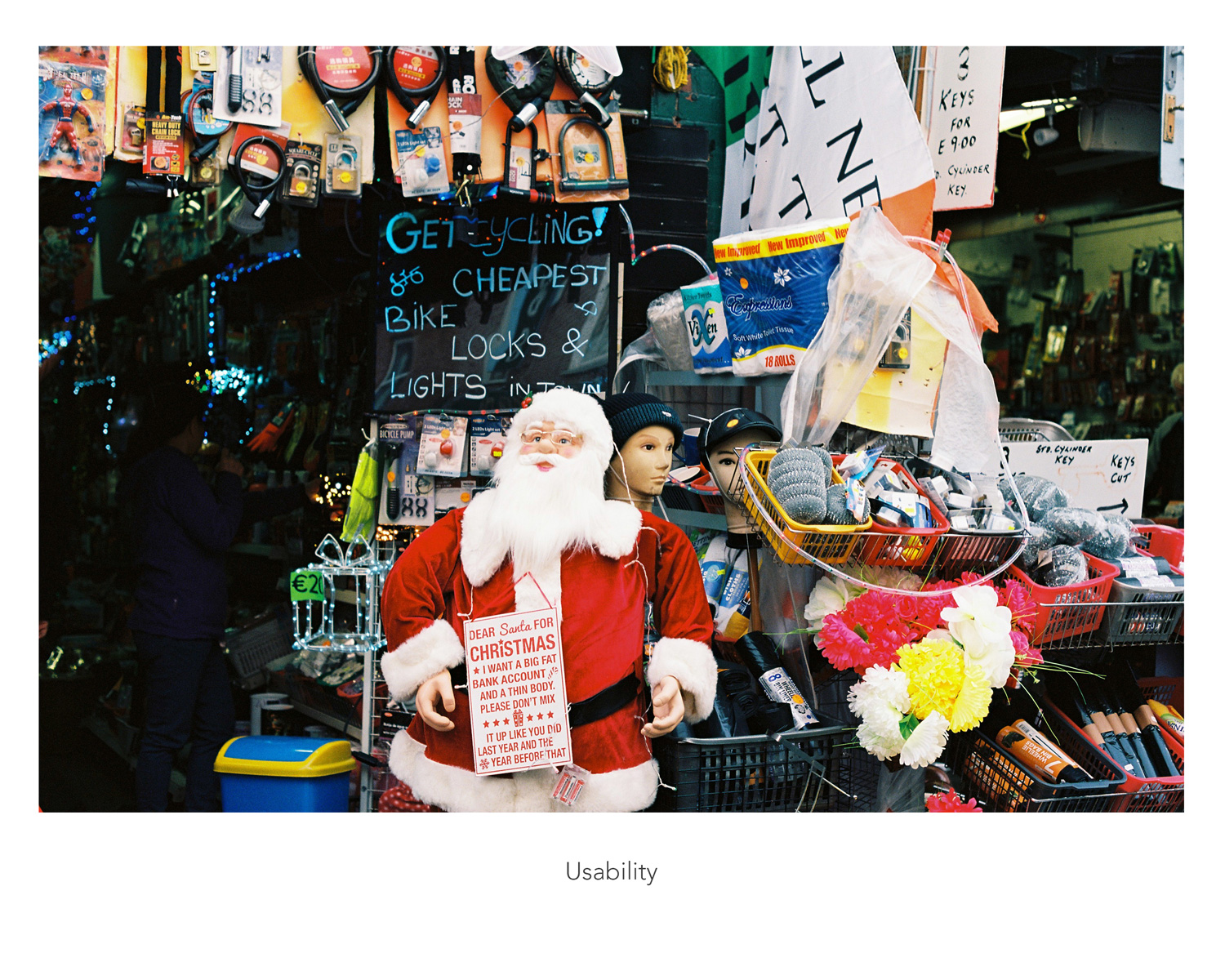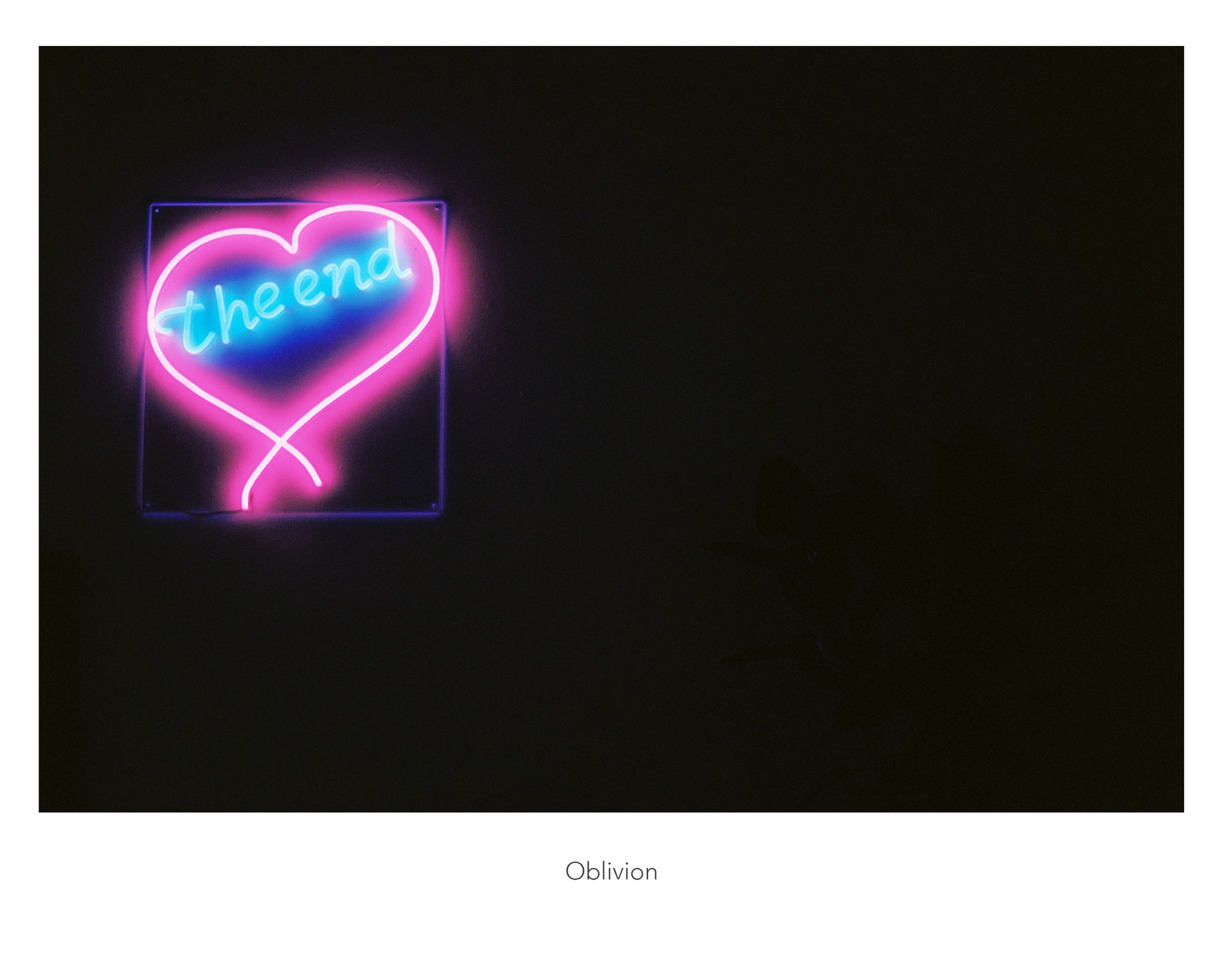This is the second part in a series of mini essays - here's the introduction.
I: The National Geographic Society
The National Geographic Society is chartered in Washington D.C. as a non-profit scientific and educational organization “for the increase and diffusion of geographic knowledge.” Since 1888 the Society has supported more than 9,000 explorations and research projects, adding to the knowledge of the earth, sea and sky.[1]
For many people issues of The National Geographic Society magazine were shown to them as a child, the bright vibrant colours alluring. It was, and still is, marketed as a scientific journal – words which in English carry the ideas of “truth” and “fact”. The articles and the images of far-flung places contained within its pages are continually absorbed by millions of people every year, and have helped form views of the world today.[2]
The quote above can be found as a standard introduction paragraph in a vast majority of National Geographic’s physical publications since the turn of the century. Founded in 1888 as a scientific journal, The National Geographic Society was not an illustrated publication until 1905. Set up as a scientific institution, the Society is a private body that relies on sales to continue running as a company. There are plenty of theories as to why National Geographic became successful, with most claiming it to be a combination of the following ideas. Firstly, the end of the nineteenth century saw the start of mass journalism in the form of monthly magazines (which would not have been possible before the completion of America’s intercontinental railway system in the 1860s) and the start of advertising within said magazines. Secondly, the Spanish-American War in 1898 caused American citizens to become more interested in foreign lands and America’s colonial expansion.[3] Skip forward to 1905 and a ‘revolutionary’ editor goes against the managing board and publishes eleven full-page images of Tibet, increasing membership to the magazine by over 7,500 in that year alone.[4]
Whether such claims are true or not make little difference because it reads as an exciting success story. The company’s mission statement proclaims to be an “organisation driven by a passionate belief in the power of science, exploration and storytelling to change the world.” National Geographic presents itself to the world as a storyteller. The articles and photographic content the magazine began to produce at the beginning of the twentieth century were designed to be consumed as small samples of the places and ideas they represented.[5] It was the idea that these small representations have considerable power to create a specific worldview when viewed as a whole that intrigued me to begin researching this thesis topic.
II: Ideas of Representation
Stuart Hall is a writer who has worked extensively with the idea of representation. The quote below is taken from his book Representation: Cultural Representations and Signifying Practices,[6] outlining the power that representation has on the everyday.
In part, we give things meanings by how we represent them – the words we use about them, the stories we tell about them, the images of them we produce, the emotions we associate with them, the ways we classify and conceptualize them, the values we place upon them.[7]
Human communication through language reaches far further than the words we speak. Our language encompasses music and objects, images and emotions, body language and written word - all of which allow us to share our opinions, ideas and feelings.
There are two prominent forms of representational analysis for photographic work: the poetic (semiotics), and the political (the discursive – the effects and consequences of representation). Semiotics is a form of communication; it is a study of sign processes and cultural codes. As Stuart Hall writes “It is we who fix the meaning so firmly that, after a while, it comes to seem natural and inevitable. The meaning is constructed by the system of representation”.[9]
This quote is an example of how through the repetition of a specific notion of representation, the representation becomes an accepted truth or assumed reality without further proof. And these meanings we affix are produced in a set way. To develop this train of thought, we must discuss representation on a fundamental level. To do this, we turn to Ferdinand de Saussure, the Swiss linguist who is known as a father to modern day linguistics. His ideas about representation and language also helped construct semiotics.
In interpretations of Saussure’s work, it is said he believed that the production of meaning depends on language; if things such as words and photographs are used to communicate ideas, they are part of a protocol. His theory centered on a sign (the protocol) being two parts. There is the signifier (word, photograph, etc.) and the signified (the thought of the object, person, etc. that then pops into your head). These parts of the sign are not separate, but create one idea. According to Saussure, this sign or idea doesn’t exist if it doesn’t have an opposite (or binary). As with traffic lights, the red you see does not hold the idea of stop; it is applied to it through its inclusion in the sequence. It would also hold no meaning without it’s opposite colour, green to ‘tell’ you to go. Of course this categorizing of things into simple opposites and binaries completely ignores the fact that there can be finer details than black and white. But it was this work that lead to Saussure’s “proposition that a language consists of signifiers, but in order to produce meaning, the signifiers have to be organized into ‘a system of differences’”.[10]
Looking again to Hall’s Representation, it discusses a specific example of the power of language in the 1960’s. [11] Discussing how an advertising phrase changed representations of black people during that time period, Hall argues that simply because of a popular slogan, ‘Black is Beautiful’, the signification of the word ‘black’ changed. While the word (signifier) black remained the same, social connotations changed around the word. This clearly presents how signifier and signified are not independently affixed meanings, but come from a hierarchy of social conventions specific to places, cultures, and historical moments. Meaning is not freestanding, but comes from the society.
Roland Barthes took Saussure’s theories a step further. As each sign develops in a culture, with its signifier and signified, this sign becomes the signifier for the next iteration or a deeper cultural reference. In the constant building of signs and meaning, each sign is returned to the beginning and the meanings continue to deepen and evolve. See (fig. 1) below.
